Mamallapuram
This is a collection of articles archived for the excellence of their content. |
The Chinese connection
Oct 6, 2019: The Times of India
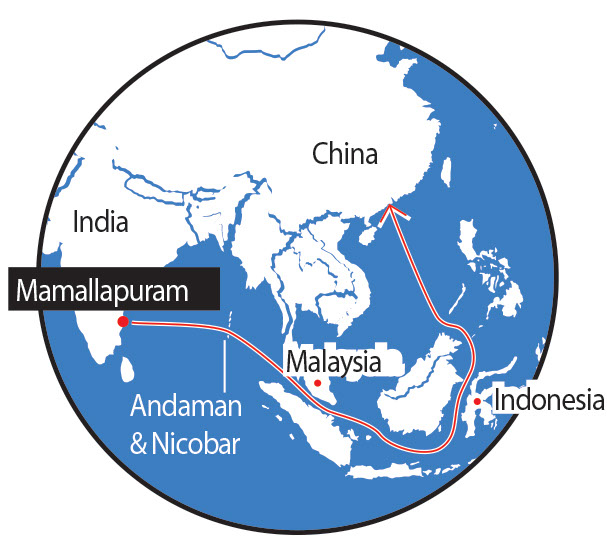
From: Text: Raghu Raman; Photos: LR Shankar, The Times of India
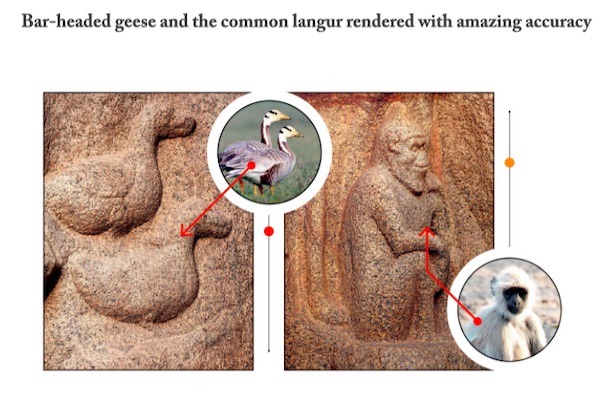
From: Text: Raghu Raman; Photos: LR Shankar, The Times of India
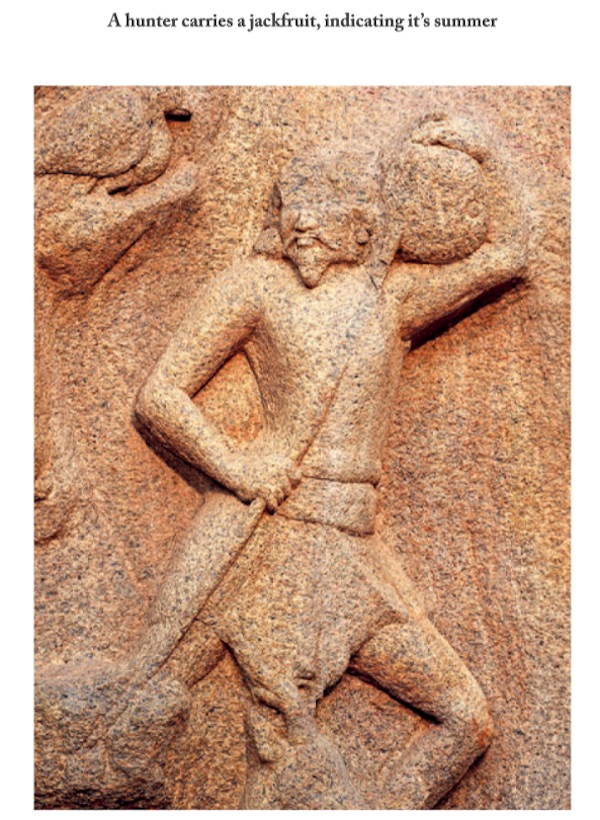
From: Text: Raghu Raman; Photos: LR Shankar, The Times of India

From: Text: Raghu Raman; Photos: LR Shankar, The Times of India

From: Text: Raghu Raman; Photos: LR Shankar, The Times of India

From: Text: Raghu Raman; Photos: LR Shankar, The Times of India
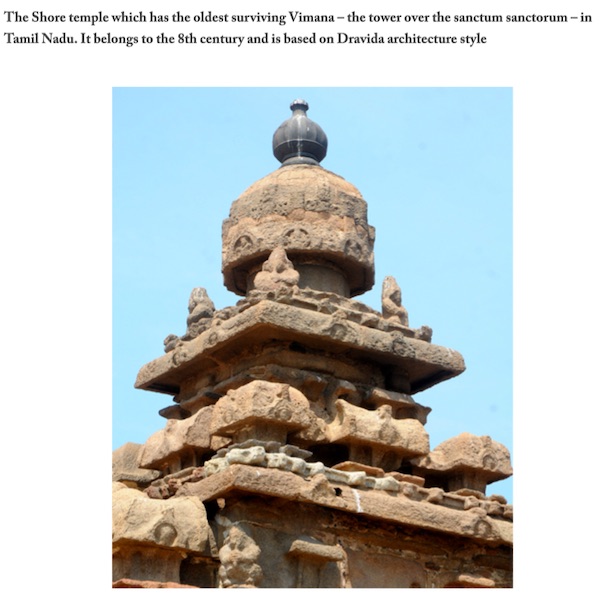
From: Text: Raghu Raman; Photos: LR Shankar, The Times of India
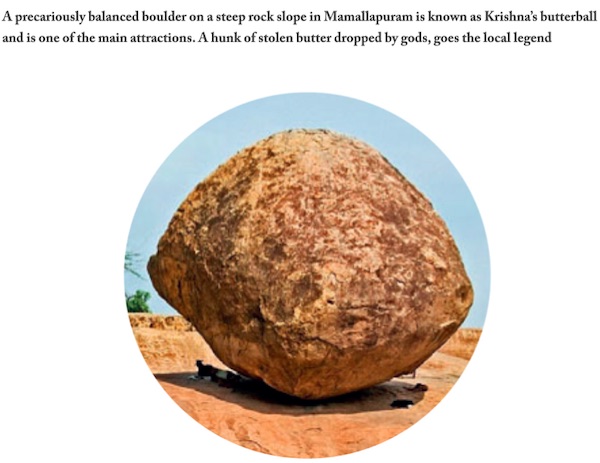
From: Text: Raghu Raman; Photos: LR Shankar, The Times of India

From: Text: Raghu Raman; Photos: LR Shankar, The Times of India

From: Text: Raghu Raman; Photos: LR Shankar, The Times of India

From: Text: Raghu Raman; Photos: LR Shankar, The Times of India
The mighty Pallavas, whose flourishing sea port was Mamallapuram for a long time, had a relationship with China and had even sent envoys there during their rule.
A peep into archaeological evidence shows links had existed about 2000 years ago between Mamallapuram and China.
"Celadon ware (pottery) of the first, second Century (Common Era, about 2000 years ago) recovered on the eastern coast of Tamil Nadu gives us a clue to Chinese maritime activities," noted archaeologist S Rajavelu told PTI.
Such finds and other archaeological evidence can be used to infer that regions, including coastal areas of present day Mamallapuram and Kancheepuram district had links with China, he said.
Chinese coins dating to the same period were also found in Tamil Nadu, he said, adding they showed the ancient trade links to the dragon country. The ancient Tamil work "Pattinapalai," a post Sangam period work, cites the anchorage of a Chinese ship on the eastern coast of ancient Tamil Nadu.
Authored by Urutthiran Kannanar, the work refers to a ship "tungu naavay," in Tamil, which is nothing but a big Chinese vessel "Zunk," the archaeologist, who was formerly with the Archaeological Survey of India, said.
Also the Chinese text the "Han annals" has a reference to contacts with the Tamil country.
Emperor Wei (circa 185-149 BCE) encouraged traders and the Chinese text Ch'ien Han Shu of the first century refers to Kancheepuram as "Huang-Che" and Chinese kings had sent presents to the then ruler of Kancheepuram, he pointed out.
"If you look at the Vayalur inscriptions (near Mamallapuram), they say that Pallavas had sent envoys (6-7th Century AD) to China. Similarly, Tamil inscriptions have been found in the dragon country as well," Rajavelu, also a former Professor of Archaeology with the Tamil University at Thanjavur, said.
Chinese monk Hiuen Tsang visited Kancheepuram in the seventh Century AD and he no doubt reached the ancient port town of Mamallapuram and then continued his journey to the temple town, he said.
Keen on understanding more about Buddhism and to get original texts of his religion, Hiuen Tsang visited Kancheepuram, which was then a flourishing Buddhist centre, as well as a hub of learning, he said.
Ancient Indian sources indicate that Kancheepuram was referred to as a "kadiga," which meant a "university," and Tsang was attracted to Kancheepuram, the professor of archaeology, now working with Alagappa University, said.
The 2004 Saluvankuppam excavations in Kancheepuram district also make it clear that Mamallapuram was a port town even during the Sangam era about 2000 years ago, he pointed out.